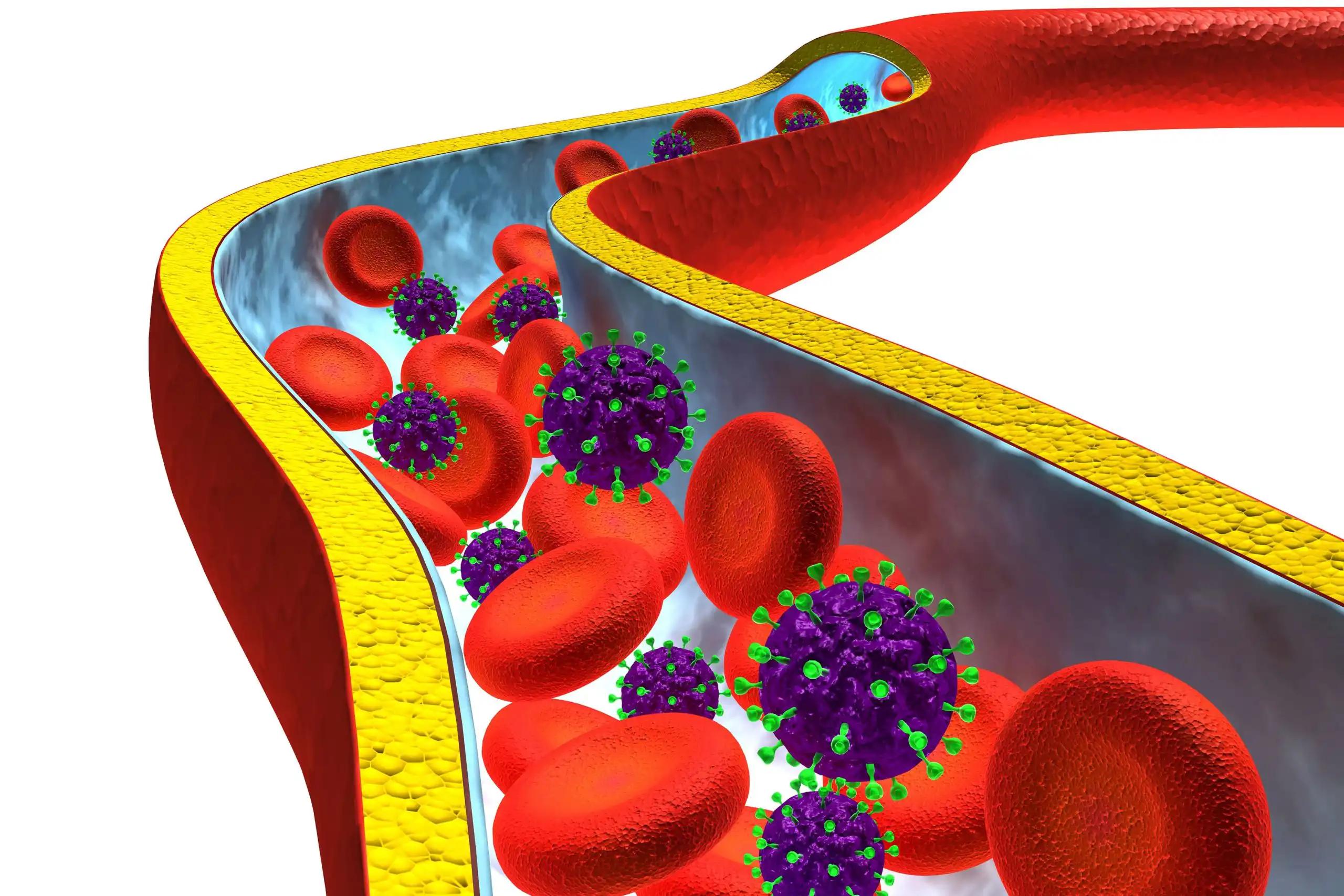KEY TAKEAWAYS
- The study aimed to investigate the acute impact of systemic CT and RT on respiratory function and functional status in BC patients.
- Researchers noticed a significant decrease in FVC and FEV1 values during BCT; further investigation is ongoing.
Respiratory complications in breast cancer (BC) patients following chemotherapy (CT) and radiotherapy (RT) necessitate investigation to prevent secondary problems and/or improve BC patients’ clinical outcomes. Alper Tuğral and his team aimed to evaluate the acute impact of systemic CT and RT on respiratory function and functional status in BC patients.
Researchers performed an inclusive analysis, recruiting 25 BC patients eligible for systemic CT and RT following a thorough oncological examination. Respiratory and functional status were evaluated using the Pulmonary Function Test (PFT) and the Six-Minute Walk Test (6MWT). Assessments were conducted at three distinct points: before CT (c0), after CT (c1), and post-RT (r1).
About 25 BC patients underwent assessments at c0 and c1, with a subset of 15 out of 25 patients (60%) evaluated at r1. Significant alterations were observed after systemic CT in Forced Vital Capacity (FVC) (T = 2.338, P =.028), Forced Expiratory Volume in 1s (FEV1) (T = 2.708, P =.012), and Forced Expiratory Flow between 25% and 75% of Vital Capacity (FEF25-75%) (T = 2.200, P =.038). Inspiratory (MIP) and expiratory (MEP) muscle strength exhibited no significant change from c0 to c1. A notable impact of the type of surgery was identified (Wilks’ lambda, F [1, 19] = 6.561, P =.019, ηp2 = 0.25) in actual FVC value between c0 and c1. The overall time effect was significant in FVC (F [2, 28] = 4.840, P =.016, ηp2 = 0.25) from c0 to r1. Pairwise comparisons with Bonferroni correction revealed a significant difference between c0 and r1 (P =.037).
The study concluded that BC patients exhibited a decline in FVC and FEV1 values and percent predicted rates throughout treatment. The significant impact of surgery type emphasizes the importance of considering clinical factors like age in interpreting early PFT changes. Additionally, the observed linear trend in specific respiratory outcomes underscores the necessity for continuous monitoring of potential respiratory issues in BC patients undergoing CT and radiotherapy.
No funding was provided for the study.
Source: https://pubmed.ncbi.nlm.nih.gov/38355489/
Tuğral A, Arıbaş Z, Akyol M, et.al(2024). “Understanding changes in pulmonary function and functional status in breast cancer patients after systemic chemotherapy and radiotherapy: a prospective study.” BMC Pulm Med. 2024 Feb 14;24(1):83. doi: 10.1186/s12890-024-02890-5. PMID: 38355489; PMCID: PMC10865615.



